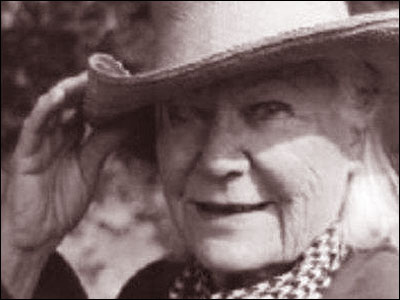Sean Howe has a nice article in the New York Times about Billy Graham…and no, not the evangelist who just left us. This Billy Graham was a comic book artist who worked for Warren and Marvel and a few other places…and as Howe reveals, also did a lot of other things besides drawing for comics. He worked at a time when there weren't a lot of other black artists in the field and so was assigned to a lot of strips starring black characters, including Luke Cage, Hero for Hire and Black Panther.
I never met the man so I have little to add to what Sean writes other than that his teaming with writer Don McGregor was fortuitous for both of them. And I'm sure Don agrees.
This reminds me of something I've been meaning to write about here for some time. There is much wonderful scholarship going on about old comic books. I can't believe some of the data and info that some have dug up about the history of the form and the people who wrote and drew the comics. But there is a tendency to ignore the unknown.
There are men and women who worked in comics who never or only rarely signed their work or got their names in any credits. I've written here about a man named Owen Fitzgerald — a great talent who drew hundreds of comic books. I think he got credit on about six of them. Pete Alvarado, who may have been one of the ten most prolific comic book artists who ever lived, probably got his name on even fewer. This was true of folks who worked mainly for Dell, Gold Key, Harvey, Archie or other companies that rarely or belatedly gave credit. There are even writers and artists who worked for DC and Marvel who are still unidentified.
Those who write about comics sometimes forget that we don't know who did some comics. When Billy Graham was active in the field, I occasionally saw him called "The only black artist currently working in comics." I don't think he ever was. Some people knew about Wayne Howard (who worked mostly for Charlton) and a few others but hardly anyone knew about Joe Prince, who was inking several comics for Western Publishing's Gold Key line including Bugs Bunny, Porky Pig and Donald Duck.
I employed Joe occasionally when I edited comics for Hanna-Barbera and I suspect the credits we gave him on those books were the only ones he ever received during a long, usually-employed career. They seem to be the only credits listed for him in the Grand Comics Database and I'll bet he worked on hundreds of other issues of mainstream comic books. (I lost touch with Joe in the seventies. If anyone knows his whereabouts, there are those who'd love to do interviews and research.)
In the same way, when articles are written about the insufficient number of women who've worked in comics, I almost never see any awareness of Eula Mae Hardesty Liggera, who surely inked well over a thousand issues of Disney, Warner Brothers, Walter Lantz and Hanna-Barbera comics during her lifetime. Here is everything I know about her…

She was born May 15, 1925, possibly in Indianapolis. She attended various art schools and worked in commercial art. In either the late forties or early fifties, she married John Liggera, who had worked in animation for Disney, M.G.M., Walter Lantz and the Ub Iwerks studio. Mr. Liggera began moonlighting from those studios drawing comics for Western Publishing around 1940, probably commencing with stories of Barney Bear, whose cartoons he was concurrently animating.
John segued from animation into full-time work for Western on their Dell Comics, eventually doing a lot of inking of other artists' pencil work. He never stopped drawing but after he married Eula Mae, the two of them team-inked several comics per month for Western throughout the fifties and sixties. One editor at Western told me that between the two of them, they sometimes inked the equivalent of 4-5 comics a month. After John died in 1972, Eula Mae continued inking on her own until the early eighties when Western shut down.
My entire contact with her was that around 1977, I got her phone number and called to offer her work on the Hanna-Barbera comics I was editing. She very graciously thanked me but said that she had all the work she could handle from Western…and that, as we say, was that. She died October 12, 2016.
I can't fault historians for not knowing more about her. I just wanted to point out that when someone writes "Marie Severin and Ramona Fradon were the only two women doing art for comic books in the sixties," that's not quite accurate. Same situation with those who wrote about black artists and hadn't heard of Joe Prince. Just because you don't know about someone doesn't mean they never existed.